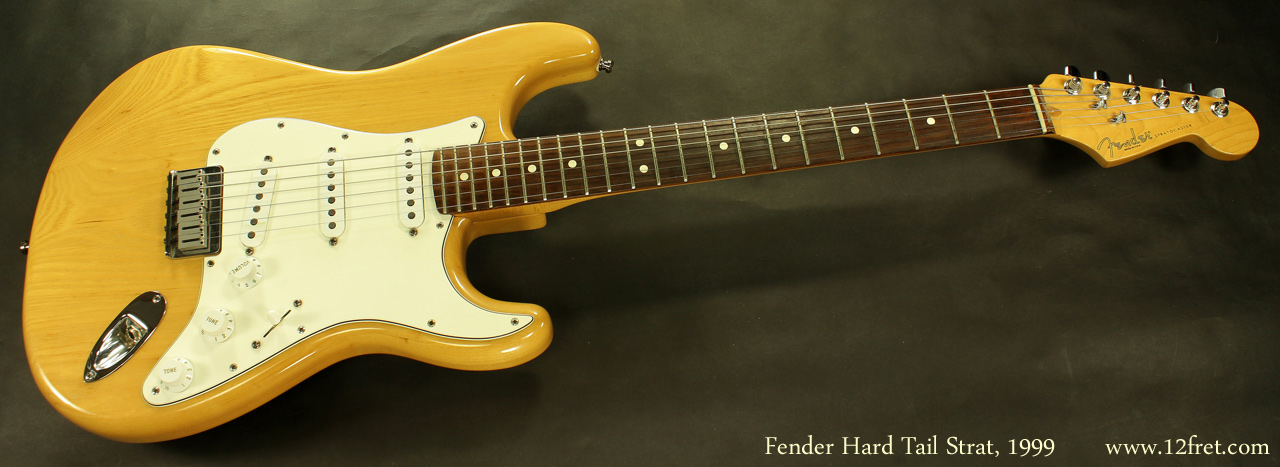So, I just got a cheap guitar and amp recently from my nephew. He's going away to college and barely played it and needed some money. I wanted to start learning at the ripe old age of 40 and figured it would help us both out if I just bought his. It's a Jackson Dinky DKXT hardtail with EMG passive pickups and a Line-6 Spider IV 30 amp, along with a bunch of accessories. I paid $300.00 which seemed a good deal considering what the amp and guitar originally retailed for.
I learned as much as possible about setups online and measured the neck relief to be .020 with a feeler gauge. This seems to be what the Jackson manual recommends (.020 or whatever you're comfortable with.) Based on info read online, I decided to see if I could get it a little less relief. At .010 with action set to 4/64ths above the 12th fret on the bass side and a hair lower on the treble side, it had some buzz between the 3-5th frets. So I gave it a tad more relief, reset the action and now it's higher than .010 and clearly lower than .020. Using feeler gauges is tricky, but I'm going to say it's about .015, which is more than what some shredders like, but feels good to me with the action set st 4/64ths still and NO buzzes whatsoever anywhere on the neck. I set the intonation with a Korg Pitch Black Tuner and it's dead on at the 12th fret both fretted and by the harmonic. Seems in tune everywhere on the neck. Maybe 2 cents sharp on the low E at the 1st fret and a couple flat on the 23rd-24th. Sounds good, feels good, plays good so I have been happy playing it and learning for about 2 months now.
I sort of just noticed though that the neck visibly seems to bow up toward the headstock. I checked the relief again and it's the same, nothing changed, so I guess I just never really noticed it. For a neck that is within the correct specs, it seems to my eye to be a lot more curved than I would imagine, but I'm new to guitars. Also, the high e string is closer to the edge of the fret board than the low E, but not enough to affect playability. It never slips off the fret board or anything like that. I just want to know if these things are normal or indicate any possible problems.
Does this look normal within reason? Also, some say to check relief by putting a capo on 1st fret and holding the last fret, some say hold the fret where the neck joins the body....which is it? Because I get ever-so-slightly different results depending on which method I use. Gap is slightly bigger if I fret at the last fret, but it's still way under .020 so I wouldn't expect it to be severely bowed.




I learned as much as possible about setups online and measured the neck relief to be .020 with a feeler gauge. This seems to be what the Jackson manual recommends (.020 or whatever you're comfortable with.) Based on info read online, I decided to see if I could get it a little less relief. At .010 with action set to 4/64ths above the 12th fret on the bass side and a hair lower on the treble side, it had some buzz between the 3-5th frets. So I gave it a tad more relief, reset the action and now it's higher than .010 and clearly lower than .020. Using feeler gauges is tricky, but I'm going to say it's about .015, which is more than what some shredders like, but feels good to me with the action set st 4/64ths still and NO buzzes whatsoever anywhere on the neck. I set the intonation with a Korg Pitch Black Tuner and it's dead on at the 12th fret both fretted and by the harmonic. Seems in tune everywhere on the neck. Maybe 2 cents sharp on the low E at the 1st fret and a couple flat on the 23rd-24th. Sounds good, feels good, plays good so I have been happy playing it and learning for about 2 months now.
I sort of just noticed though that the neck visibly seems to bow up toward the headstock. I checked the relief again and it's the same, nothing changed, so I guess I just never really noticed it. For a neck that is within the correct specs, it seems to my eye to be a lot more curved than I would imagine, but I'm new to guitars. Also, the high e string is closer to the edge of the fret board than the low E, but not enough to affect playability. It never slips off the fret board or anything like that. I just want to know if these things are normal or indicate any possible problems.
Does this look normal within reason? Also, some say to check relief by putting a capo on 1st fret and holding the last fret, some say hold the fret where the neck joins the body....which is it? Because I get ever-so-slightly different results depending on which method I use. Gap is slightly bigger if I fret at the last fret, but it's still way under .020 so I wouldn't expect it to be severely bowed.





Comment